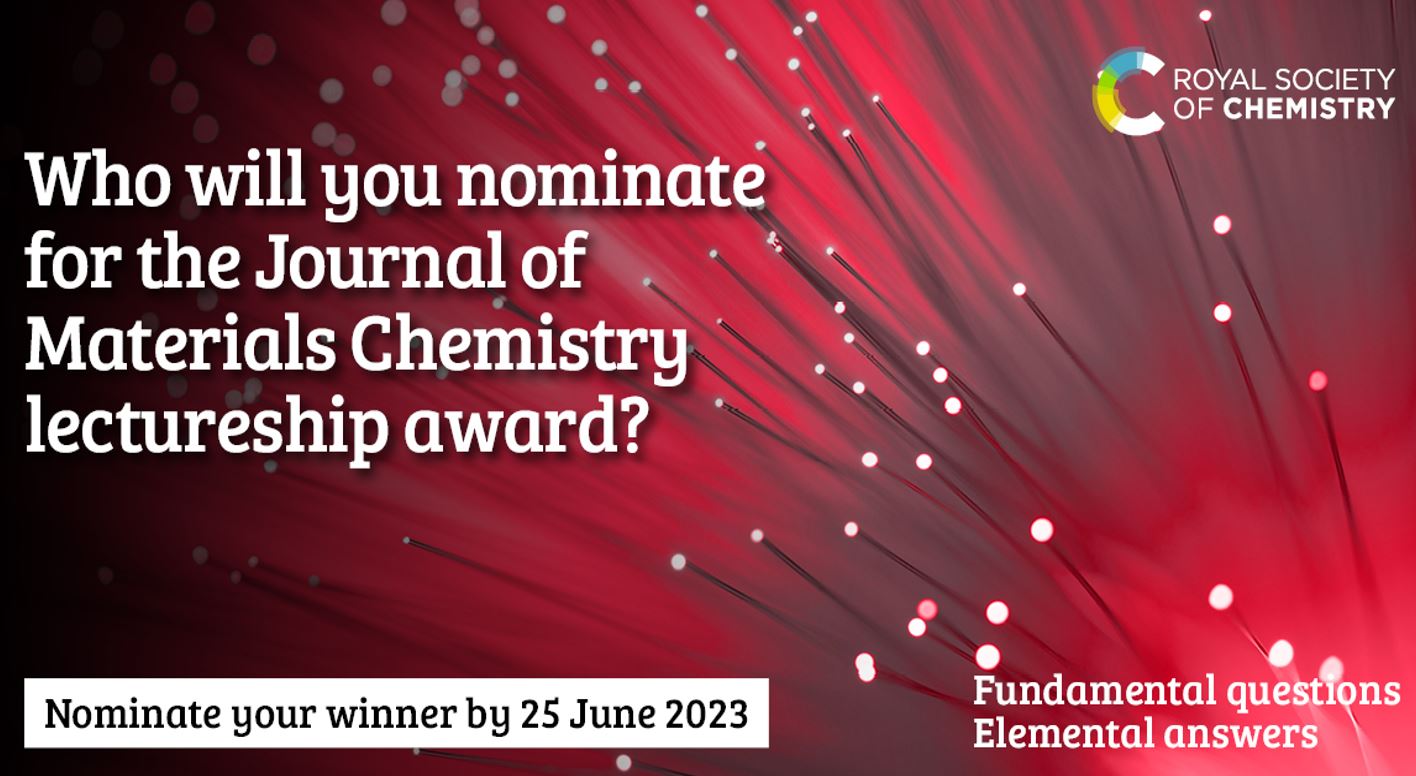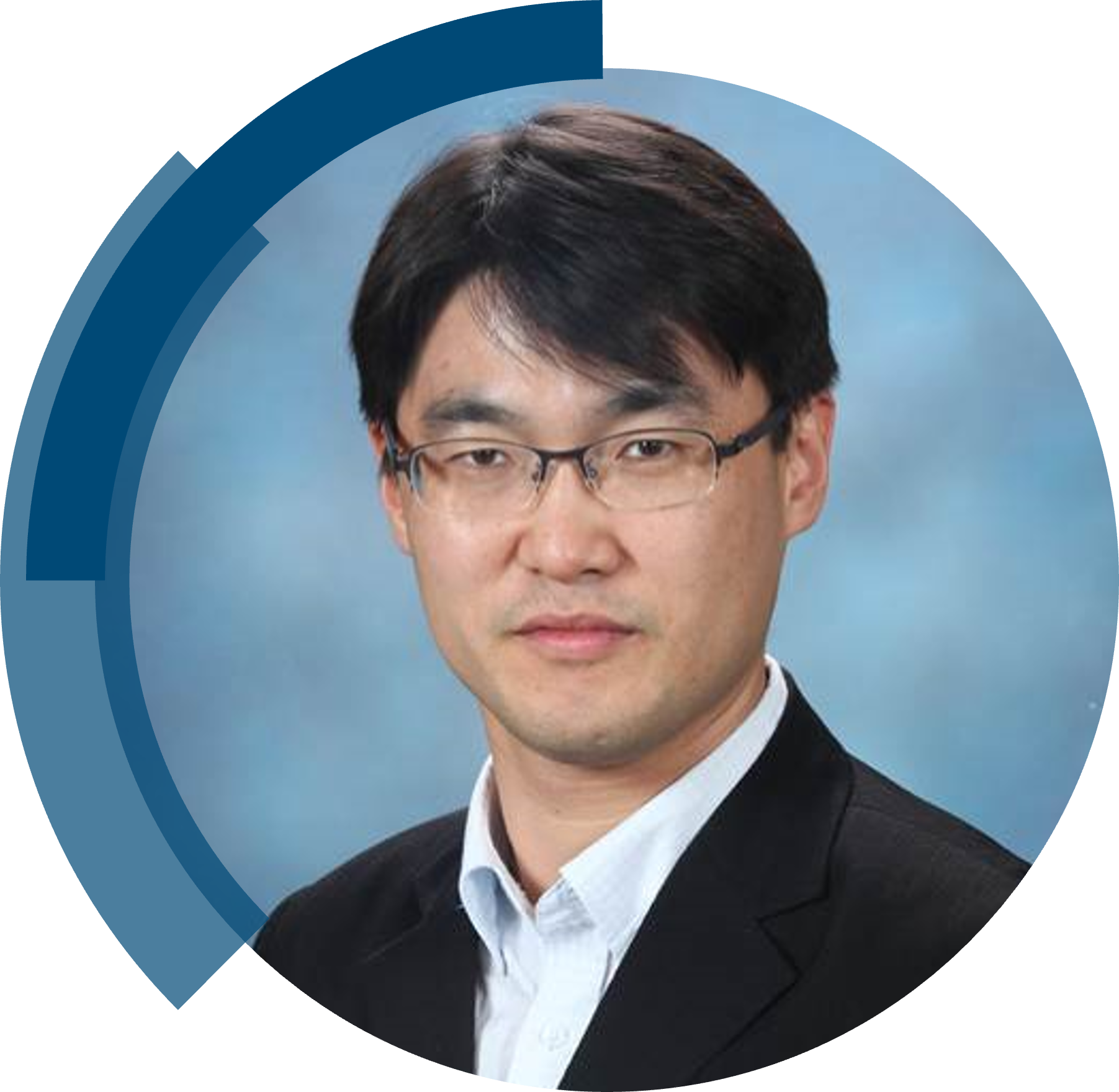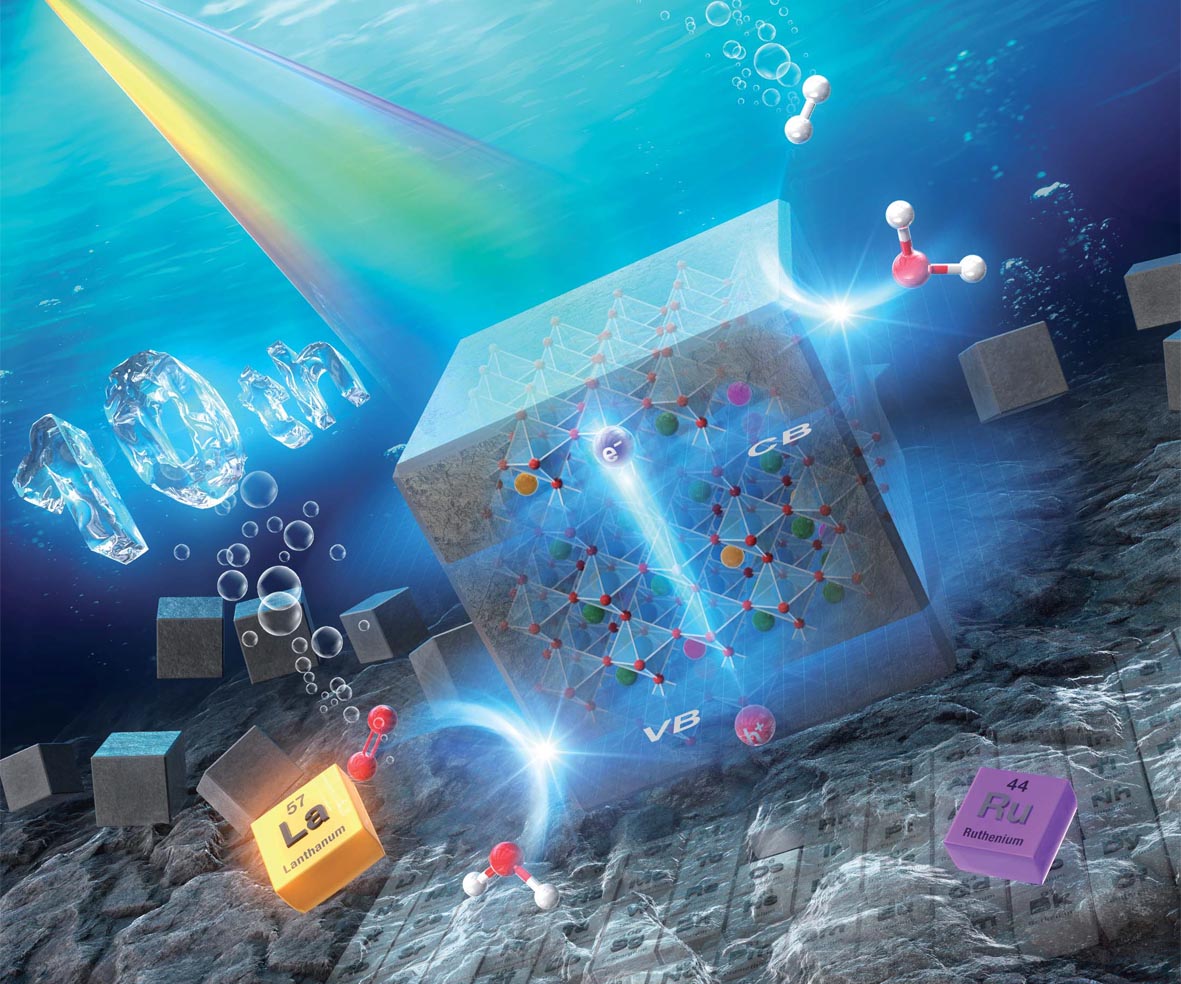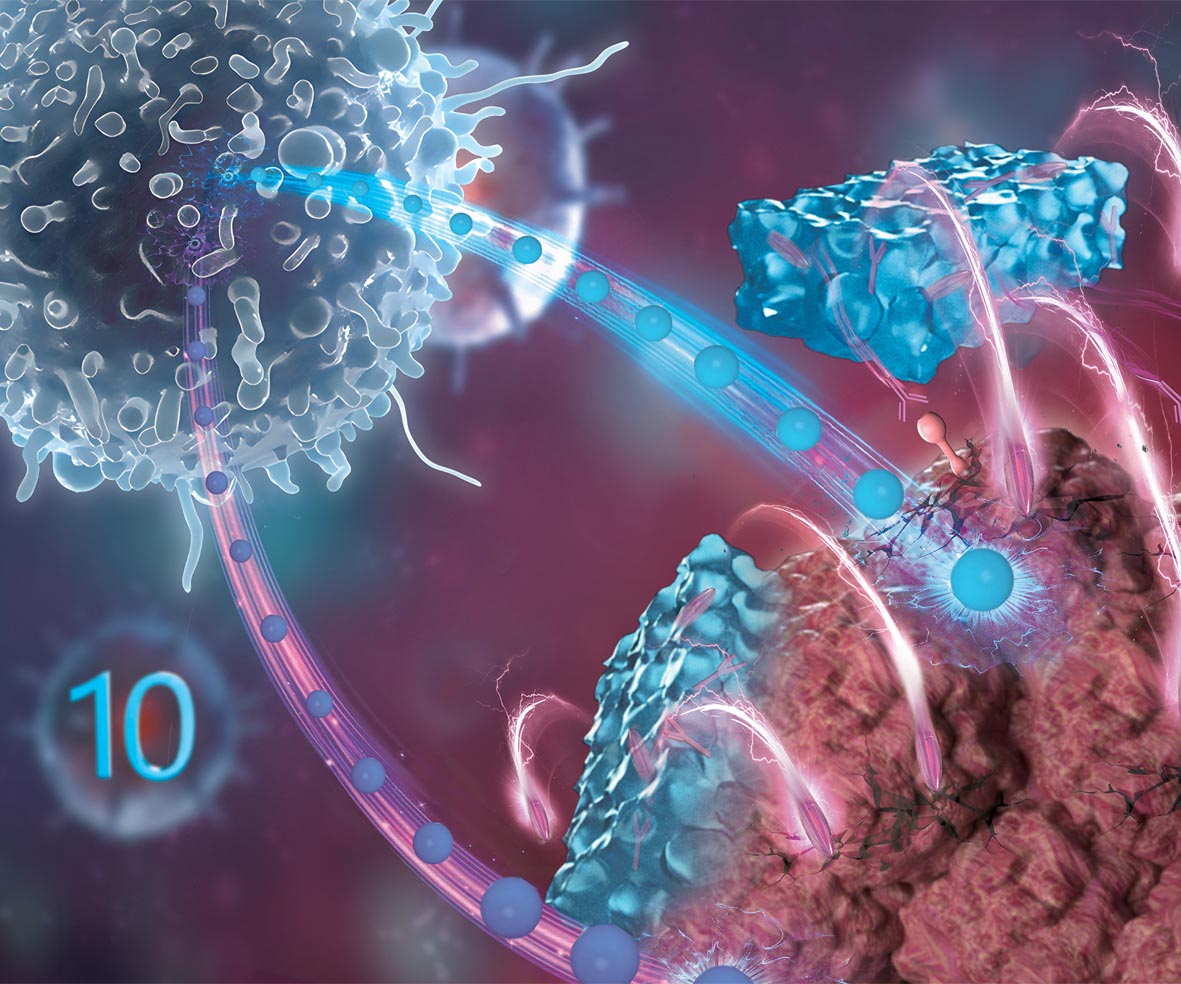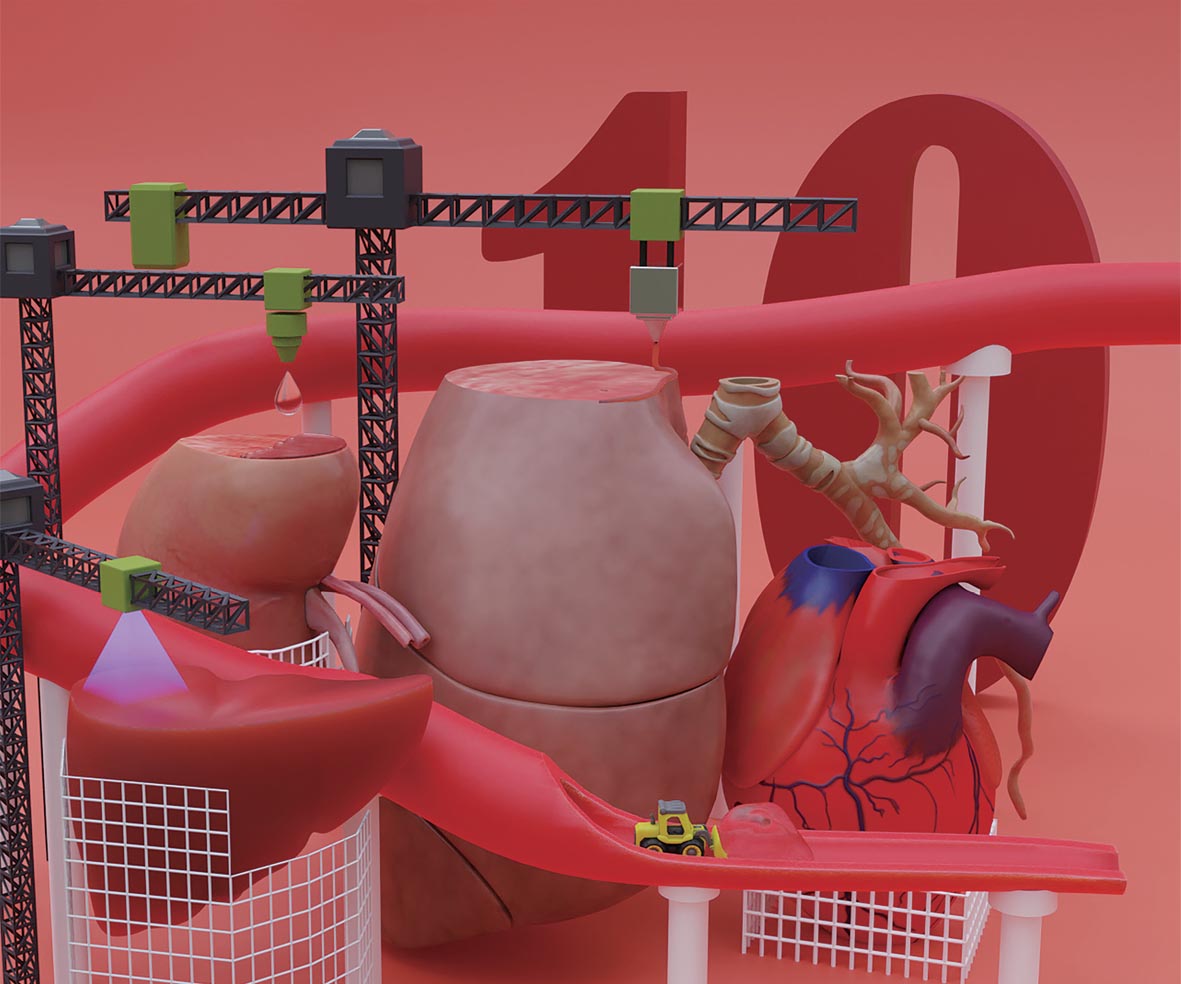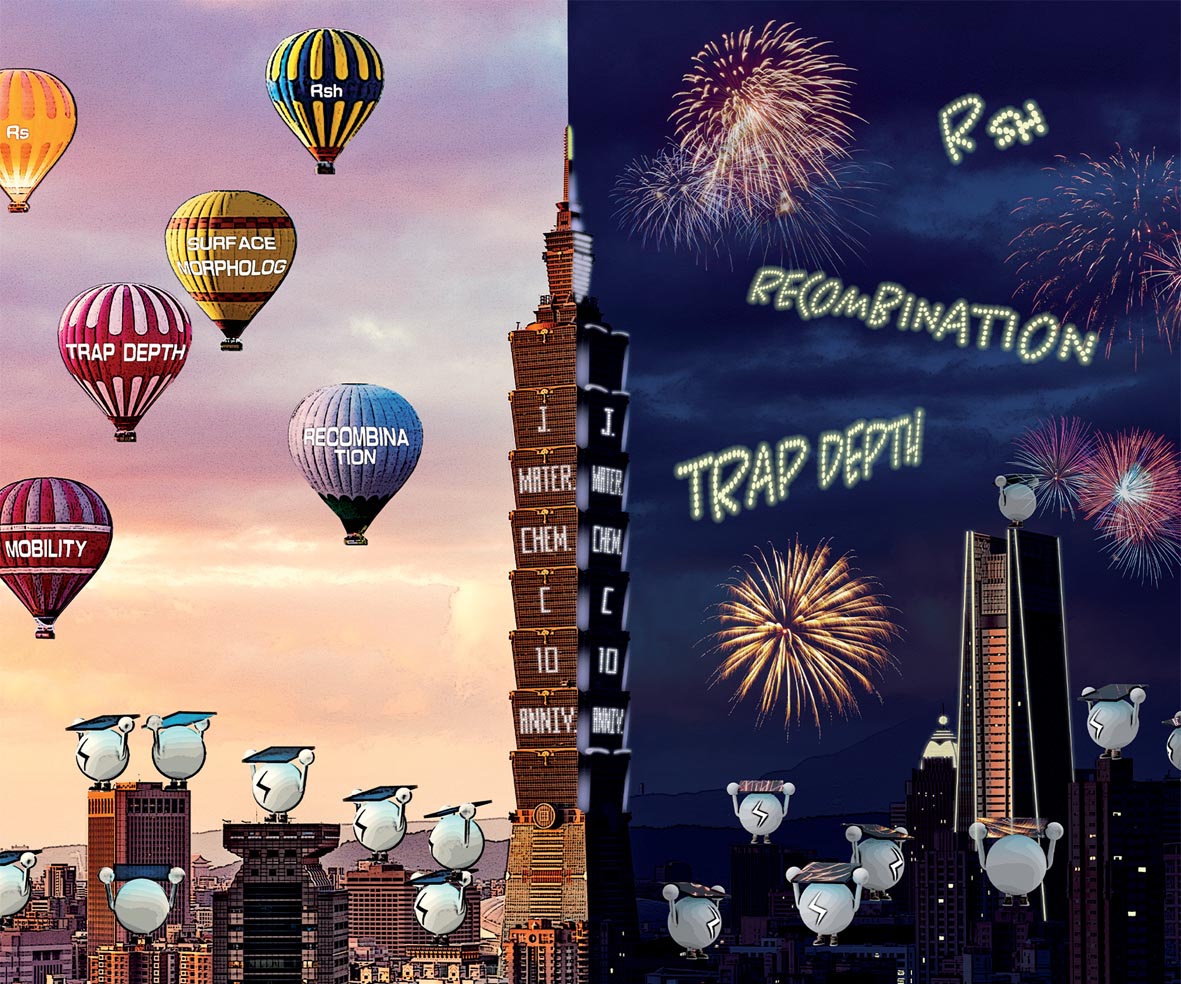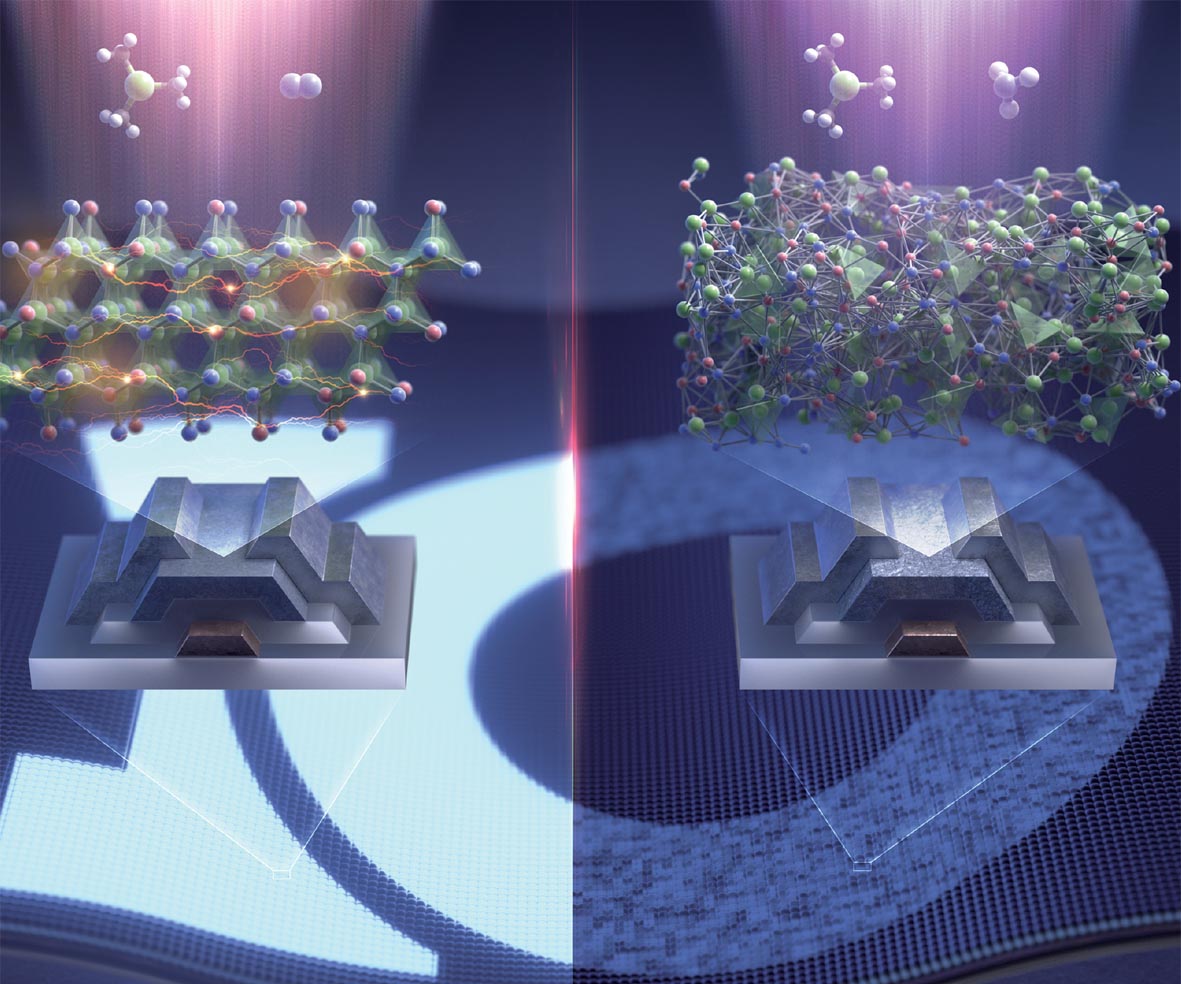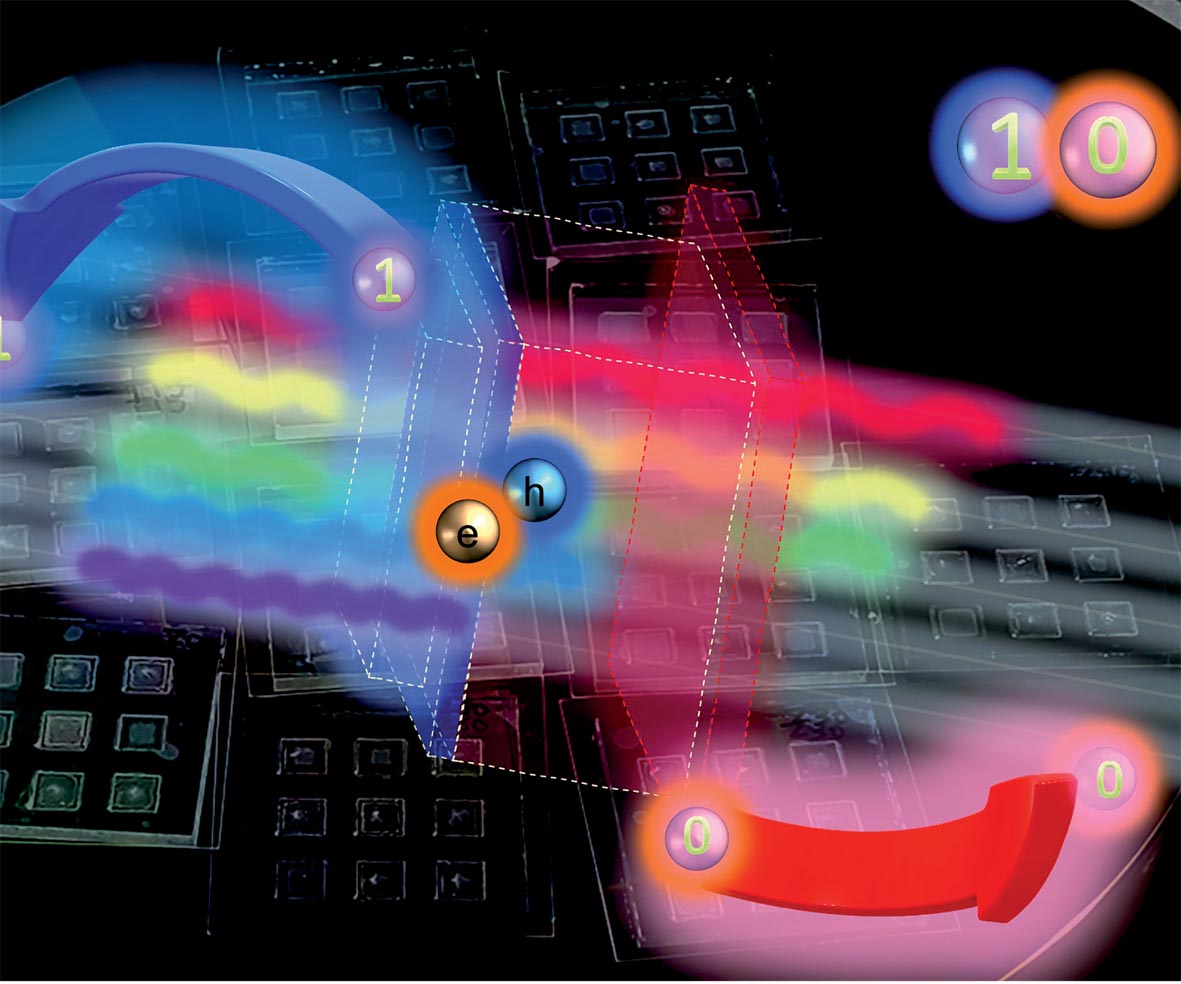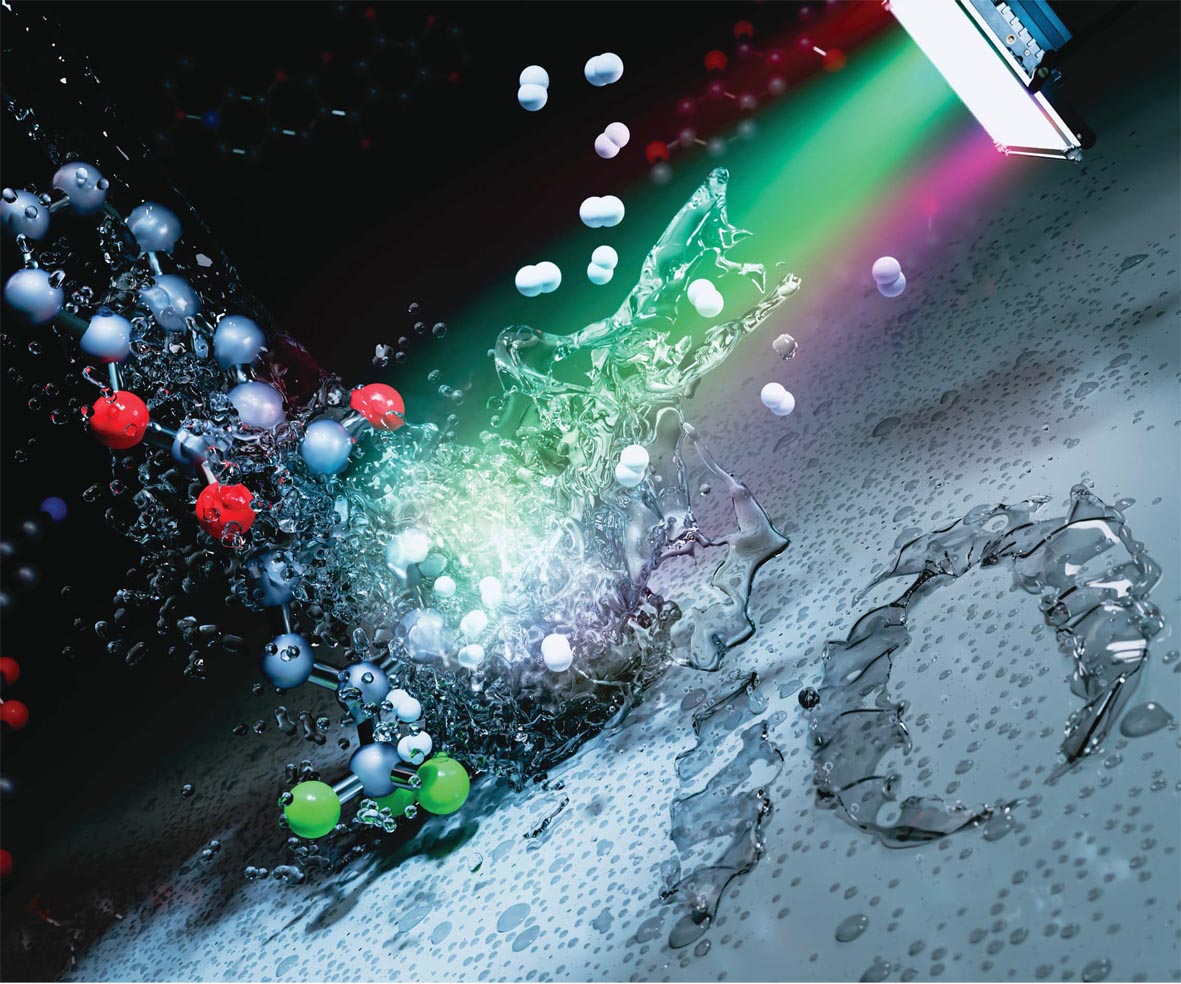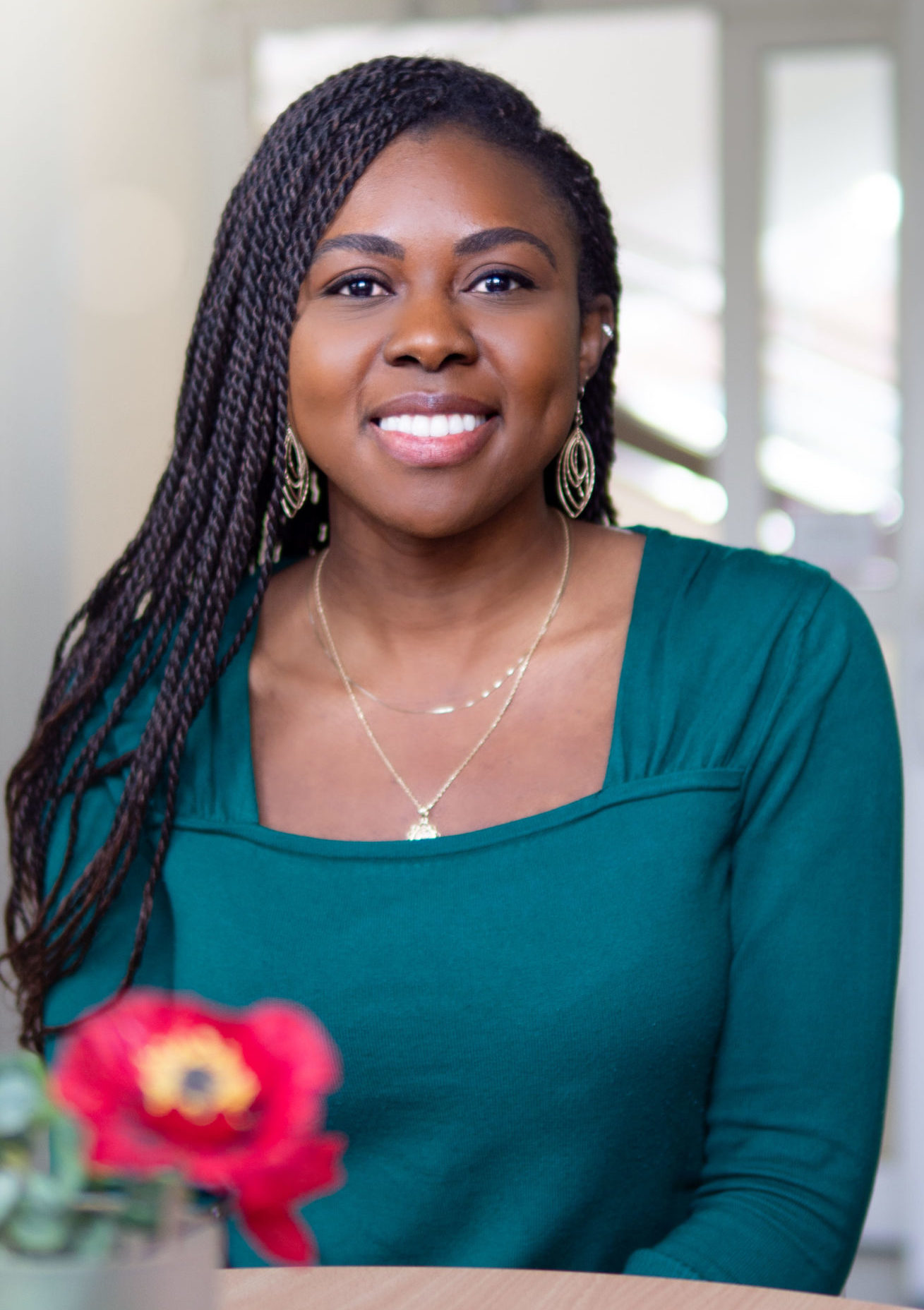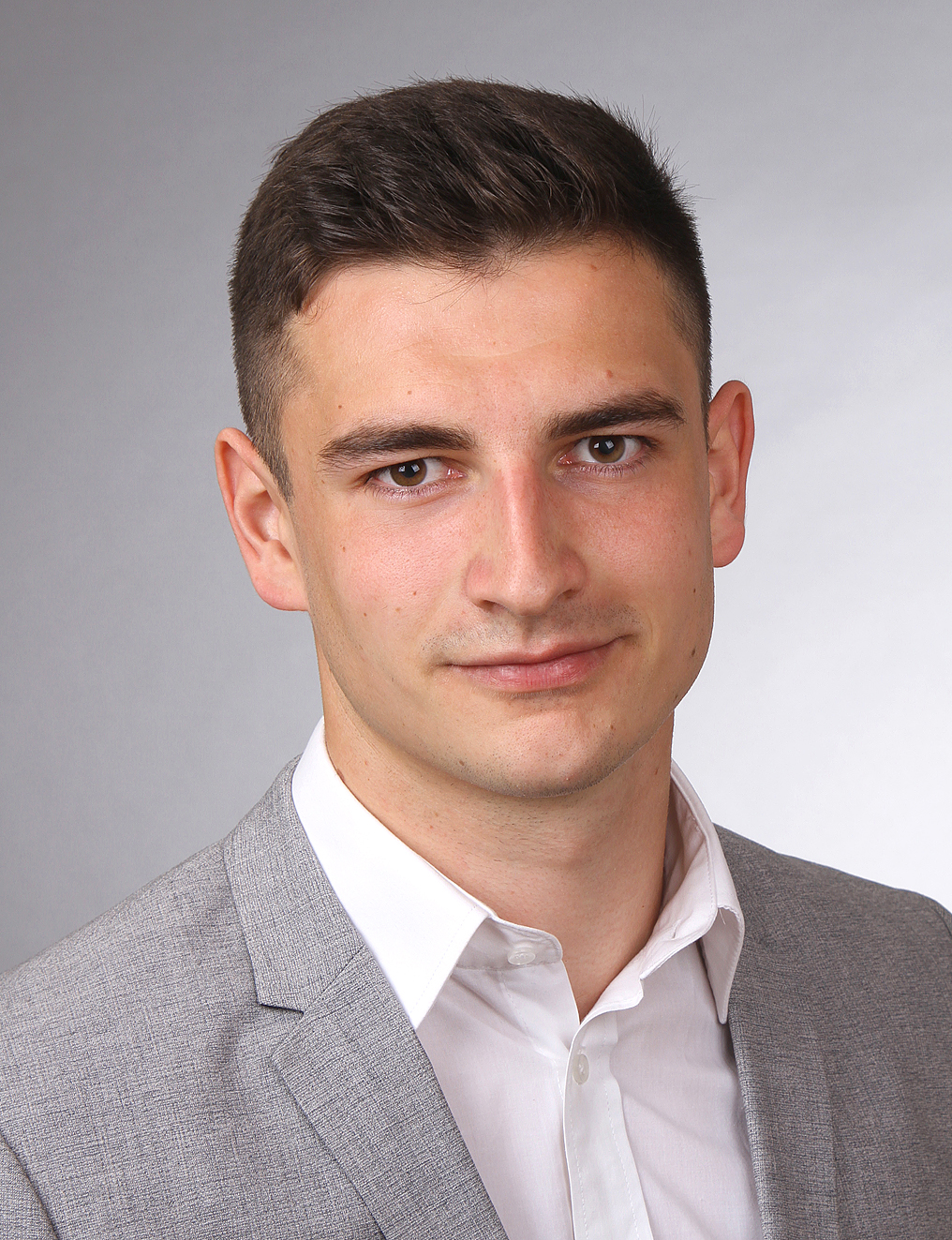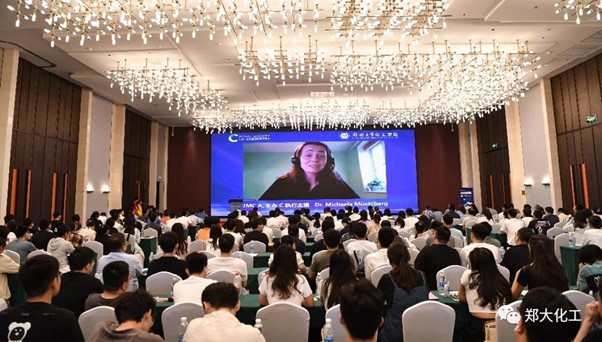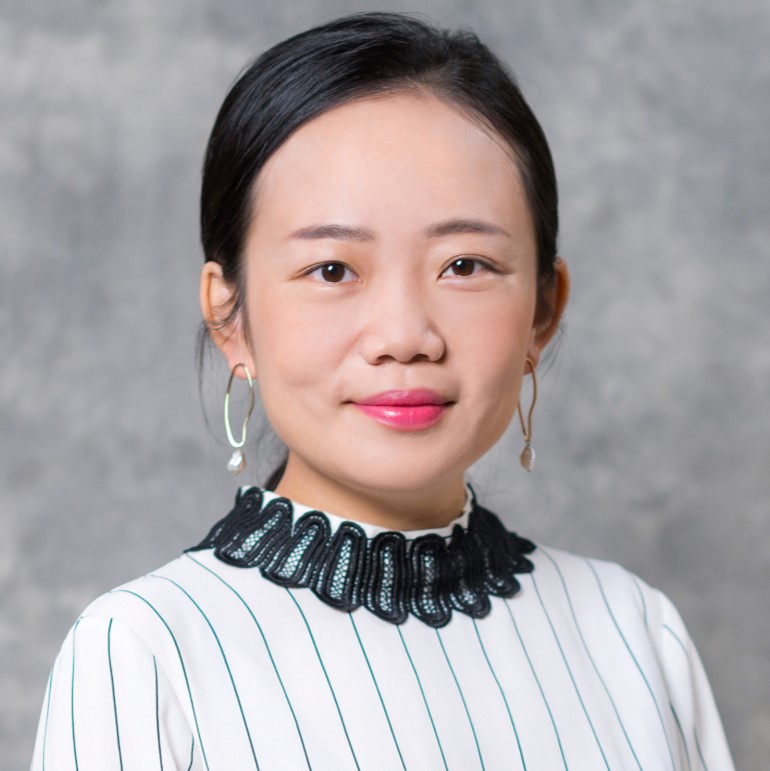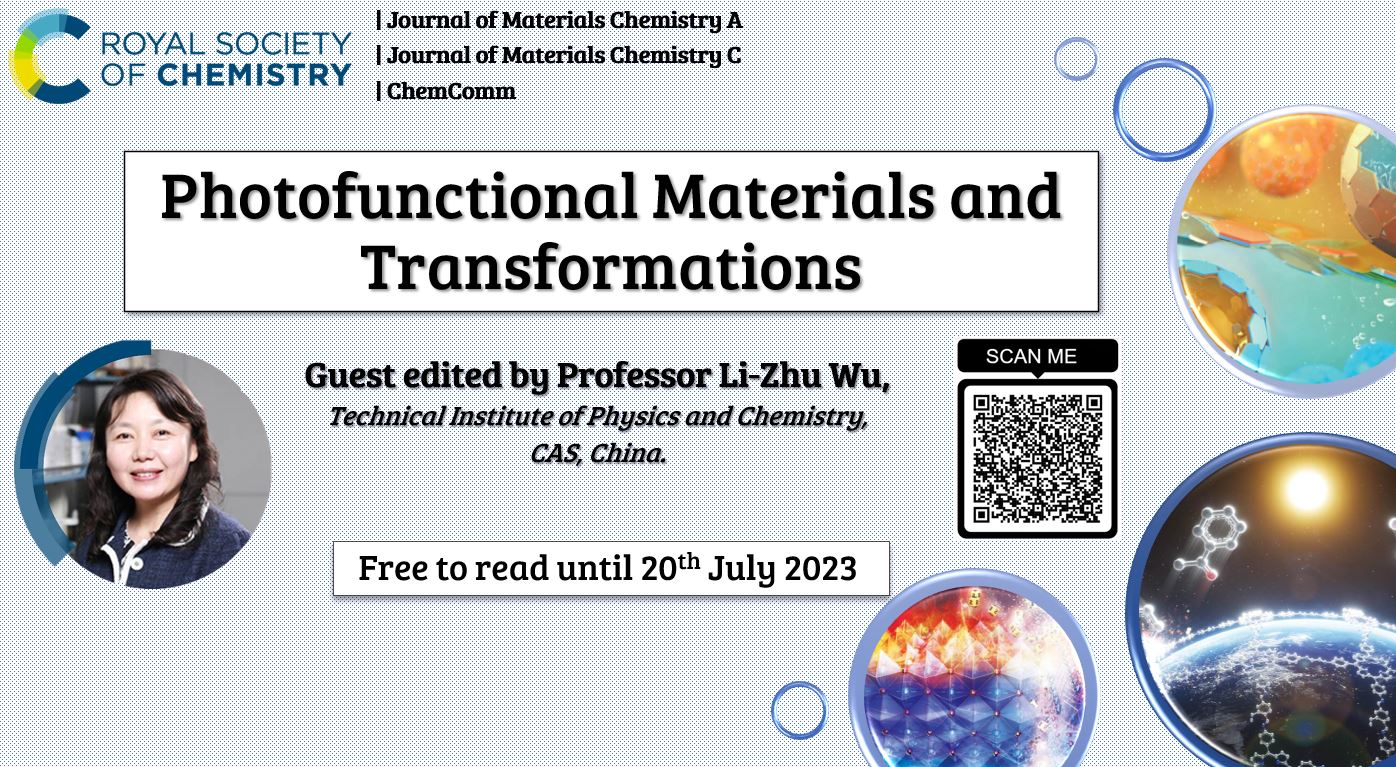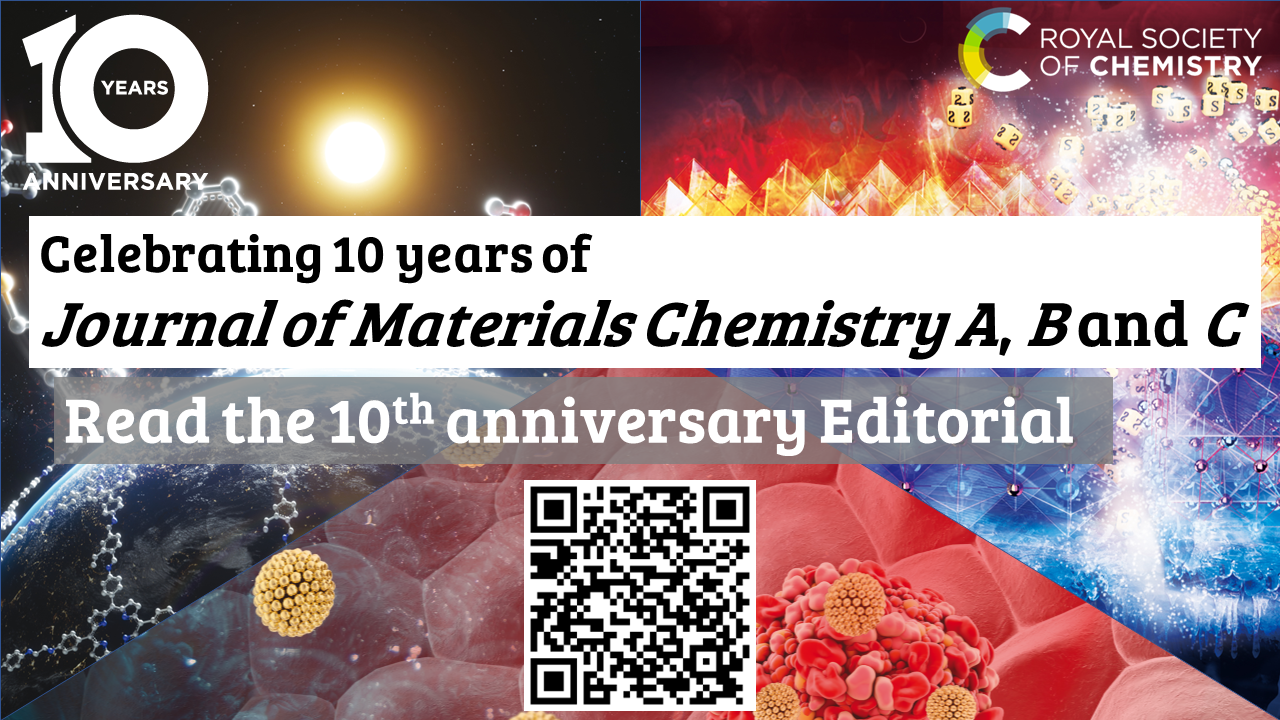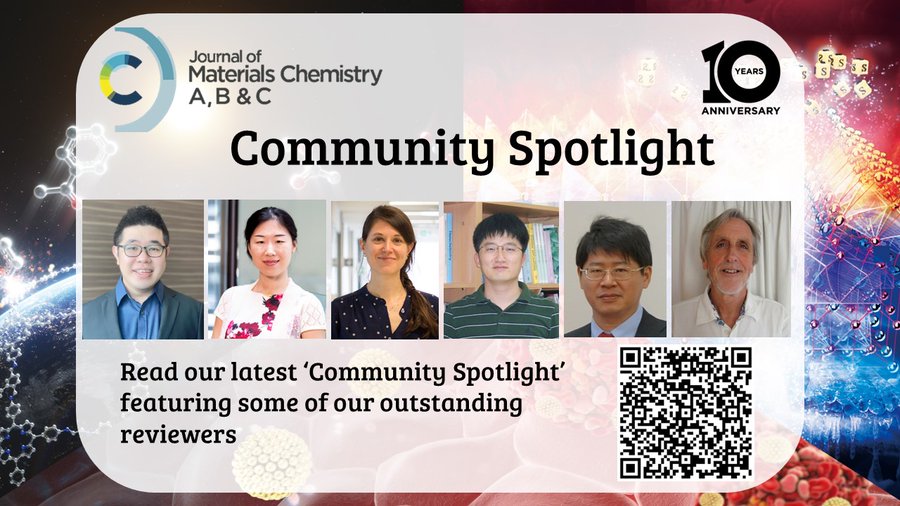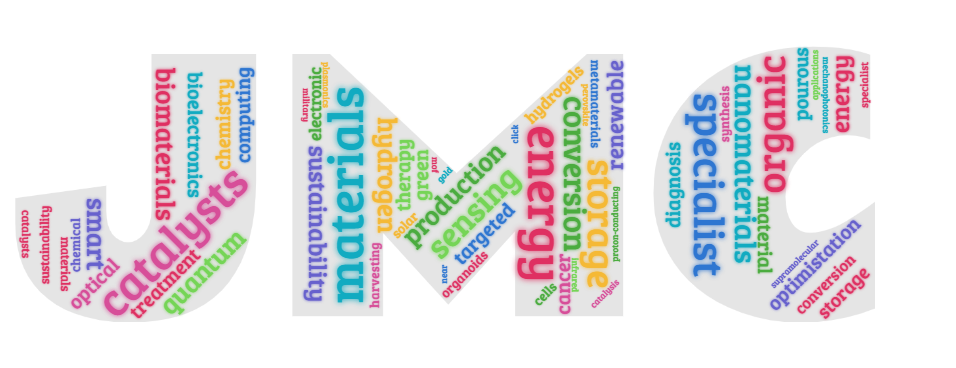With the opening of the 2023 Lectureship nominations we would like to take the opportunity to celebrate our previous Winner and Runner-Ups from the 2022 Lectureship.
To do this, we asked them a few interview questions to gain some retrospective insight into their successes. We also hope that this could serve as advice and guidance to those who would be nominated for the 2023 Lectureship and beyond.
We have included Luisa’s responses below along with links to her past work for you to further explore.

Luisa Whittaker- Brooks, Journal of Materials Chemistry 2022 Lectureship Runner-Up
How did you feel when you were announced as a runner-up of the 2022 Journal of Materials Chemistry Lectureship?
I was very excited when I received the email since I know this is a very competitive application.
In your opinion, what would make for a strong candidate to be considered for the Lectureship?
A strong candidate will be a scientist performing research at the forefront of the materials field. I believe it will also help if candidates publish their work in any of the Journals of Materials Chemistry and Materials Horizons, given that publishing their findings in these top-tier journals will make them gain visibility among potential selection committee members of the Lectureship award.
Which of your JMC publications are you most proud of and why?
I routinely published my best works in JMC and the one that I am most proud of is our paper entitled
“Vertically oriented TiS2−x nanobelt arrays as binder- and carbon-free intercalation electrodes for Li- and Na-based energy storage devices (J. Mater. Chem. A, 2018,6, 21949-21960)”. It is very special because it was my first publication in JMC as an independent investigator. This paper was also part of the Emerging Investigator themed collection, and it was selected as a cover.
Do you have any advice for Early-Career researchers who wish to be nominated for the Lectureship award?
Start working on publishing your best work in JMC as soon as possible. This will help you gain visibility. Also, have someone nominate you for submitting a manuscript to the Emerging Investigator Themed Collection.
At which upcoming conferences may our community meet you?
My students and I typically attend the MRS, APS, ACS conferences.
You can read a selection of Luisa’s work here:
‘Concepts and principles of self-n-doping in perylene diimide chromophores for applications in biochemistry, energy harvesting, energy storage, and catalysis’
Daniel Powell and Luisa Whittaker-Brooks.
Mater. Horiz., 2022,9, 2026-2052 DOI: 10.1039/D2MH00279E
https://pubs.rsc.org/en/content/articlelanding/2022/mh/d2mh00279e
‘Steric hindrance dependence on the spin and morphology properties of highly oriented self-doped organic small molecule thin films’
Daniel Powell, Eric V. Campbell, Laura Flannery, Jonathan Ogle, Sarah E. Soss and Luisa Whittaker-Brooks.
Mater. Adv., 2021,2, 356-365 DOI: 10.1039/D0MA00822B
https://pubs.rsc.org/en/content/articlelanding/2021/ma/d0ma00822b
‘Vertically oriented TiS2−x nanobelt arrays as binder- and carbon-free intercalation electrodes for Li- and Na-based energy storage devices’
Casey G. Hawkins and Luisa Whittaker-Brooks.
J. Mater. Chem. A, 2018,6, 21949-21960 DOI: 10.1039/C8TA05645E
https://pubs.rsc.org/en/content/articlelanding/2018/ta/c8ta05645e
‘Bi2S3 nanowire networks as electron acceptor layers in solution-processed hybrid solar cells’
Luisa Whittaker-Brooks, Jia Gao, Anna K. Hailey, Conor R. Thomas, Nan Yao, and Yueh-Lin Loo.
J. Mater. Chem. C, 2015,3, 2686-2692. DOI: 10.1039/C4TC02534B
https://pubs.rsc.org/en/content/articlelanding/2015/tc/c4tc02534b
Many congratulations again to Luisa, and don’t forget to take this opportunity to submit your own nomination for the 2023 Lectureship award.
For more information and details on eligibility criteria and how to nominate a candidate, please visit the Journal of Materials Chemistry Lectureship webpage.
The deadline for nominations is 25 June 2023
Nominate your candidate now!
